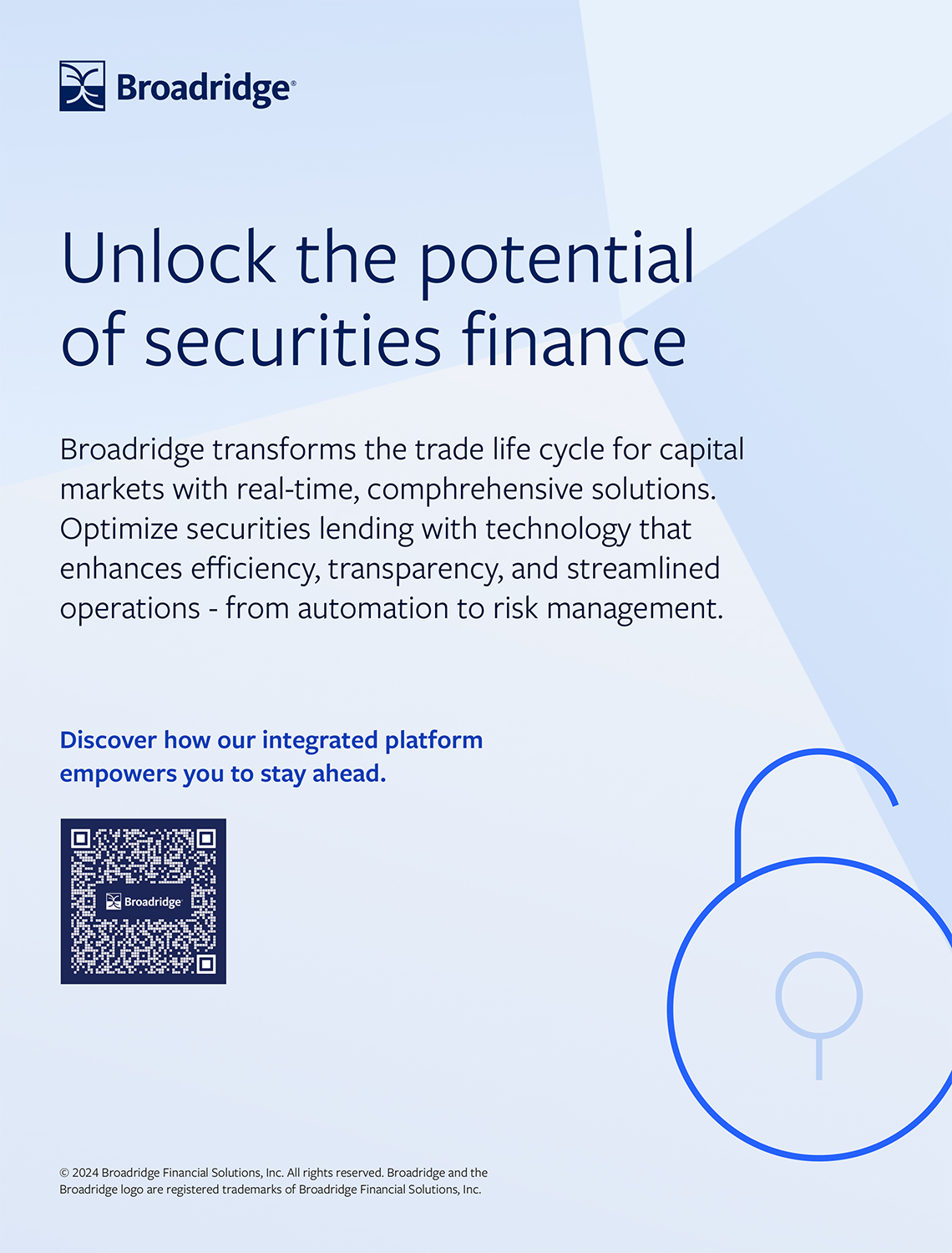SFT: The data exists for those who can standardise it
10 May 2021 UK
 Image: stock.adobe.com/everythingpossible
Image: stock.adobe.com/everythingpossible
Treasurers lost in a sea of unstandardised data are being presented with a variety of life rafts by vendors offering to replace creaking legacy systems with centralised, modular solutions.
A treasurer's main goals are to manage capital, and risks related to liquidity, credit and operations, but success in each of these areas ultimately depends on access to good, usable data on their firm’s balance sheet, according to a panellist at the Securities Finance Technology Symposium.
“The key requirements for a central treasury function to be successful are not rocket science,” argued one vendor panellist, who suggested that ultimately it was not unreasonable to want a real time view of your own book and your various incomings and outgoings.
The three things a successful treasury function must have are: a real-time view of your balance sheet; an optimisation engine to take inputs, and to create the desired outputs; and an overlay with collateral mobility to enhance the optimisation, the panellist stated.
Simple enough in theory, but in practice for a buy side firm to receive multiple reports from its various prime brokers, custodians, clearinghouses, and elsewhere, and standardise that in order to turn it into actionable data is much harder than it seems, a second panellist representing a global fintech service provider countered. That issue increases exponentially when you try to achieve data standardisation across the entire industry, they added.
To tackle this problem some entities are consolidating their securities finance and collateral into a single platform to manage their inventory more efficiently in real-time, and then meet their market requirements and collateral needs, noted a third speaker.
Commenting on the 2020 COVID-19 volatility that caused a major spike in margin calls, a panellist noted: “This need for the data to be at your fingertips, is absolutely essential and there's no good trying to do it in the middle of a crisis, it needs to be laid out visible, working with you every day.”
However, although the vision presented by speakers of what an optimal treasury function looks like, there was less consensus in the wider market on the best way to get there.
The panel agreed that medium and large buy and sell-side institutions would not and should not create a bonfire of legacy technology stacks tomorrow, and adopt agile, centralised systems.
The practical middle ground that has emerged is a preference for modular service offerings that allow entities to replace their systems piecemeal as and when resources allow.
Ultimately, the data treasurers need is out there, lost in a barrage of bespoke reports and different communication channels. The tools to sift, sort and prioritise what’s needed from the sea of data can also be brought to bear, and the onboarded cost versus the savings is attractive — if the vendors are to be believed. All treasurers need to do is take the plunge.
A treasurer's main goals are to manage capital, and risks related to liquidity, credit and operations, but success in each of these areas ultimately depends on access to good, usable data on their firm’s balance sheet, according to a panellist at the Securities Finance Technology Symposium.
“The key requirements for a central treasury function to be successful are not rocket science,” argued one vendor panellist, who suggested that ultimately it was not unreasonable to want a real time view of your own book and your various incomings and outgoings.
The three things a successful treasury function must have are: a real-time view of your balance sheet; an optimisation engine to take inputs, and to create the desired outputs; and an overlay with collateral mobility to enhance the optimisation, the panellist stated.
Simple enough in theory, but in practice for a buy side firm to receive multiple reports from its various prime brokers, custodians, clearinghouses, and elsewhere, and standardise that in order to turn it into actionable data is much harder than it seems, a second panellist representing a global fintech service provider countered. That issue increases exponentially when you try to achieve data standardisation across the entire industry, they added.
To tackle this problem some entities are consolidating their securities finance and collateral into a single platform to manage their inventory more efficiently in real-time, and then meet their market requirements and collateral needs, noted a third speaker.
Commenting on the 2020 COVID-19 volatility that caused a major spike in margin calls, a panellist noted: “This need for the data to be at your fingertips, is absolutely essential and there's no good trying to do it in the middle of a crisis, it needs to be laid out visible, working with you every day.”
However, although the vision presented by speakers of what an optimal treasury function looks like, there was less consensus in the wider market on the best way to get there.
The panel agreed that medium and large buy and sell-side institutions would not and should not create a bonfire of legacy technology stacks tomorrow, and adopt agile, centralised systems.
The practical middle ground that has emerged is a preference for modular service offerings that allow entities to replace their systems piecemeal as and when resources allow.
Ultimately, the data treasurers need is out there, lost in a barrage of bespoke reports and different communication channels. The tools to sift, sort and prioritise what’s needed from the sea of data can also be brought to bear, and the onboarded cost versus the savings is attractive — if the vendors are to be believed. All treasurers need to do is take the plunge.
NO FEE, NO RISK
100% ON RETURNS If you invest in only one securities finance news source this year, make sure it is your free subscription to Securities Finance Times
100% ON RETURNS If you invest in only one securities finance news source this year, make sure it is your free subscription to Securities Finance Times



